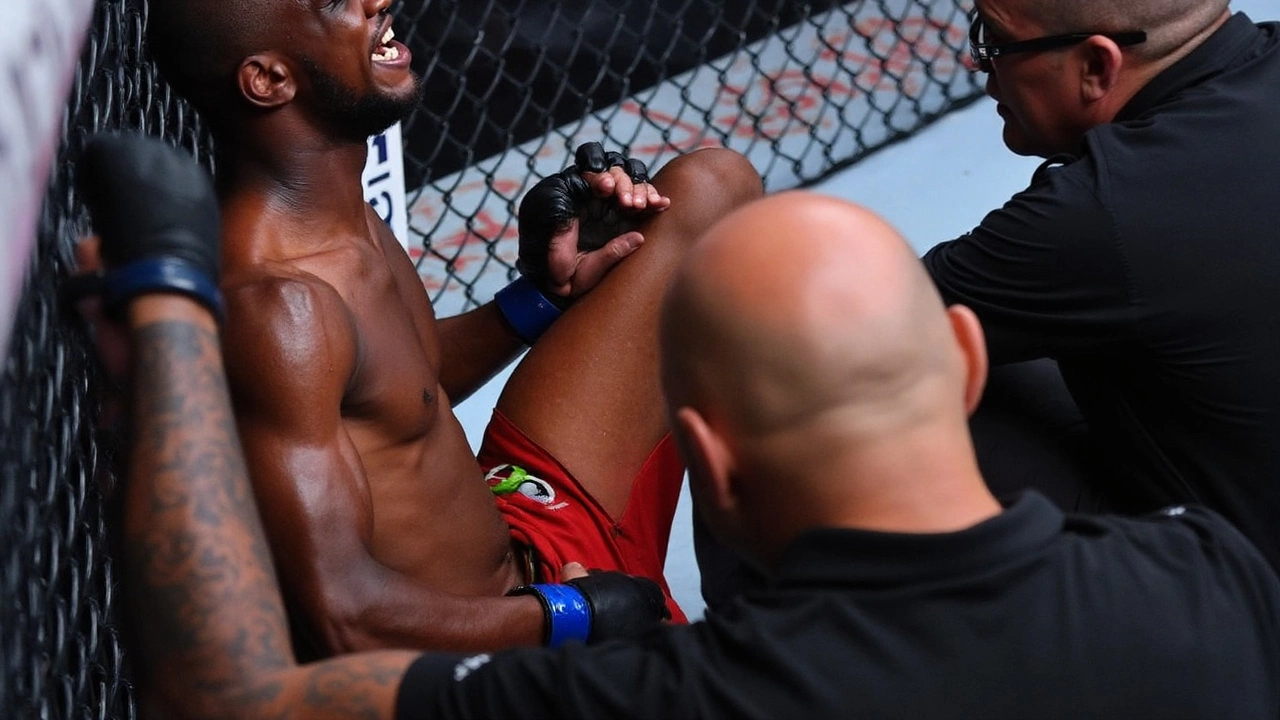No Contest in Sports: Understanding Ties and Draws
Ever watched a soccer match end 0-0 and wondered why the game didn’t produce a winner? That’s a classic "no contest" – a tie that leaves fans split between relief and frustration. It’s not a glitch; it’s built into the way the game works. In this guide we’ll break down why ties happen so often in soccer, how other sports handle them, and what a no‑contest result tells you about the teams involved.
Why Soccer Frequently Ends in a Tie
Soccer is low‑scoring by design. With only one ball, a single goal can swing the whole match, but scoring opportunities are rare. Teams spend most of the 90 minutes defending, conserving energy, and waiting for a breakaway. This defensive mindset naturally caps the number of goals, making a 1‑1 or 0‑0 result common.
Another factor is the game’s length. Ninety minutes (plus stoppage time) isn’t enough for a lot of back‑and‑forth action, especially when teams are evenly matched. The physical toll keeps players from launching relentless attacks, so many games stabilize into a stalemate.
Coaching strategies also push toward draws. When a match matters for league standings, coaches may order a “hold the line” approach to avoid a loss. That tactical discipline keeps the score level and reduces risk, turning a potential win into a safe tie.
How Other Sports Treat a No Contest
In contrast, American football, basketball, and baseball have built‑in overtime or extra innings to force a winner. A rugby match, for example, will go into sudden‑death if the score is tied after regular time. These mechanisms reflect a cultural preference for decisive outcomes.
Even in sports that allow ties, the meaning can differ. In hockey, a tie used to be a regular result before the league introduced shootouts. In cricket, a tie is extremely rare and usually leads to a super over or a replay. The way each sport handles a no contest says a lot about its history and fan expectations.
When a sports league is heavily one‑sided—think of Scotland’s Premiership where one team dominates year after year—ties become even less likely. The dominant side often wins by large margins, leaving the underdog with few opportunities to force a draw.
So, what does a no‑contest result really mean? For the fans, it can be a mix of disappointment and relief. For the teams, it’s a data point: a defensive success, a missed chance, or a sign that the squads are evenly matched. Understanding the why behind a tie helps you appreciate the subtle tactics at play.
Whether you’re cheering from the stadium or watching at home, the next time a game ends without a winner, you’ll know it’s not a mistake—it’s a built‑in part of the sport’s DNA.
- Kieran Winchester
- Sep, 14 2025
- 0 Comments
UFC Fight Night 259: Accidental groin kick ends Reese vs. Dumas in 51 seconds
A middleweight bout between Zachary Reese and Sedriques Dumas at UFC Fight Night 259 ended in a no contest after 51 seconds due to an accidental groin kick. Dumas collapsed in pain and told the cageside physician he couldn't feel his right testicle. Despite the five-minute recovery window, he couldn’t continue. The stoppage reignited debate on how MMA handles accidental fouls.
